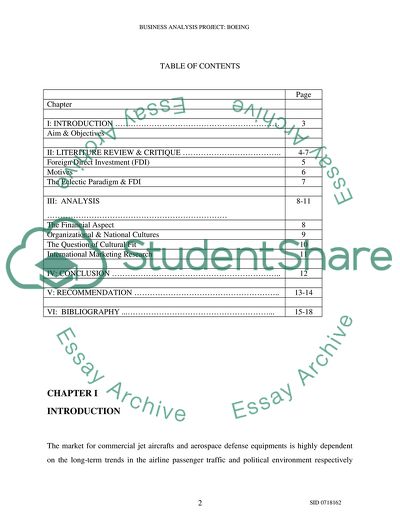Cite this document
(“Jet Aircrafts and Aerospace Defence Equipments Essay”, n.d.)
Jet Aircrafts and Aerospace Defence Equipments Essay. Retrieved from https://studentshare.org/e-commerce/1714903-business-analysis-project
Jet Aircrafts and Aerospace Defence Equipments Essay. Retrieved from https://studentshare.org/e-commerce/1714903-business-analysis-project
(Jet Aircrafts and Aerospace Defence Equipments Essay)
Jet Aircrafts and Aerospace Defence Equipments Essay. https://studentshare.org/e-commerce/1714903-business-analysis-project.
Jet Aircrafts and Aerospace Defence Equipments Essay. https://studentshare.org/e-commerce/1714903-business-analysis-project.
“Jet Aircrafts and Aerospace Defence Equipments Essay”, n.d. https://studentshare.org/e-commerce/1714903-business-analysis-project.


